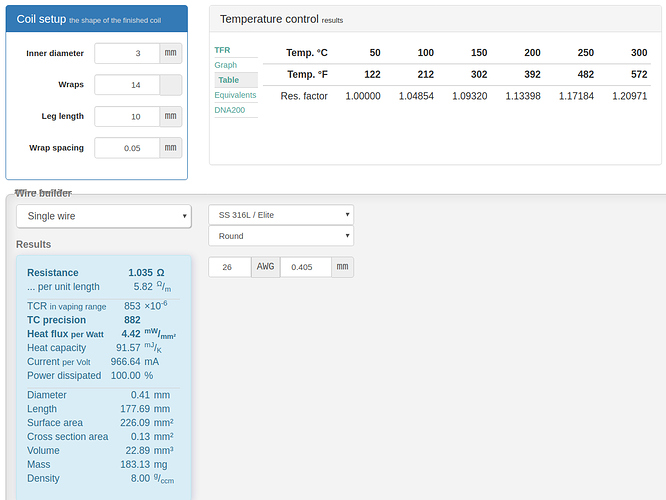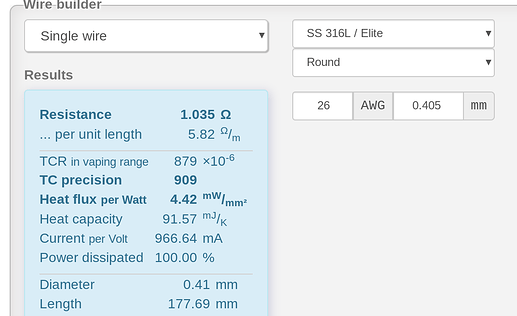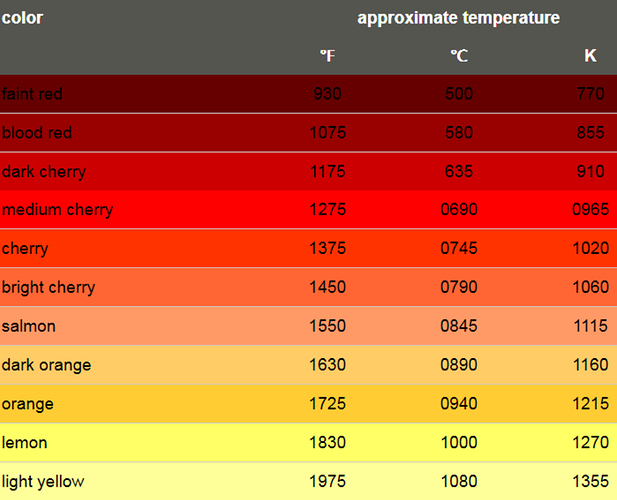Firstly I’d like to say that I hope all of you are doing well. Stay safe and we’ll all get this troubling time together. Okay, I’ll be going over the Vaporesso Swag 2 Kit today. This product was sent to me directly from Vaporesso for the purpose of this review. It will not effect my opinion in any way.
Vaporesso has been around a long time. They’ve made countless quality products over the years and this is one of them. What you get in this kit is an elegant Pico styled mod with a nice tank and a few extras. I got the Red/Black version and it’s quite striking. Holding and looking at it, it makes me think of the word “Classy”.
I’ll go over my experiences with everything and point out some of the specifics. I have no way of testing for accuracy or anything too technical. This review will mainly be my opinions and facts I’ve learned about this kit. Firstly I’ll list what you’ll get in this kit.
• 1 x SWAG II MOD
• 1 x NRG PE TANK (3.5ml)
• 1 x GT4 MESHED Coil(Pre-installed)
• 1 x GT CCELL Coil
• 4 x O-ring
• 1 x USB Cable
• 1 x User Manual
• 1 x Warranty Card
Build quality and Design-
The Swag 2 is like the first Swag in ways but has been updated in a lot of areas. It’s very small and lightweight. They implemented a flask-like shape to accommodate wider atomizers. The first Swag could only handle up to 22 (or 23?) MM atomizers because of the battery cap. This kit comes with a 25mm tank. Here’s an illustration that shows the shape comparison.. I also took an actual photo of my original Swag vs the Swag 2 from a top view.
Both have battery caps and switching out cells is easy. The caps are also interchangeable with one another.
The enire mod (and battery cap) feels like it’s been coated with rubberized paint. It feels really good in the hand. Right handed or left handed, it feels really nice either way. The mod is black on the bottom but tapers nicely into a dark red color. It looks like Vaporesso added 3 new colors to the Swag 2 lineup.
The chip has been updated to Vaporesso’s popular Axon chip (also used in the GEN). The screen has a nice simple display highlighting the most important features. It’s also equipped with a puff counter (00001). There’s a menu button below the screen, and the up and down bottons are located on the side. You also have the ability to lock all settings. It’s five clicks on and off. To access the menu, click the menu button three times or just press and hold it. There’s several modes which I’ll list here-
Pulse Mode- This is the default mode that works like regular wattage mode. It does this mode really well and fires almost instantaneously. It supposedly pulses every millisecond to give you a better experience.
Power Eco Mode- This mode is supposed to help when the battery is getting low. When your cell drops below 40% the mod will prompt. It asks if you’d like to switch to Power Eco Mode. So yeah it’s basicly “Battery saver” mode.
Smart TC- Whenever you attach an atomizer that has TC capable wire, it scans and asks you if you want to use Smart TC. I’ve tried it with SS and selected yes. The Swag 2 did a pretty good job in Smart TC. I noticed a slight pause when hitting the fire button. But every time I’ve used TC with other mods, I’ve noticed that slight delay. It’s only a split second and nothing annoying. I couldn’t find out how to adjust the preheat wattage in this mode. It performed well enough I guess but I’m not a TC fan.
DIY Mode- This has several modes when you click on it.
-
VW variable wattage(Soft, Normal, Hard)
-
VT which is regular Temperate Control (SS, Ni200, Ti, TCR)
-
CCW or Wattage Curve
-
SP or Super Player (for use with low resistance I guess)
-
BP or Bypass. This is direct output.
The tank is another in the long line of NRG tanks. They use Vaporesso’s GT series coils (Baby Beast coil compatible). Its 25mm wide and holds 3.5mls of eliquid. The drip tip and filling port are both reminiscent of the Cascade. The drip tip is a 510 wide bore that slips nicely over a small circular ridge. The top pivots to reveal the fill port. The gasket inside is serviceable. The top part is reverse threaded and comes off. The airflow control is knurled. It’s pretty nice, slides smoothly, and theres a stopper.
Coils-
The Swag 2 kit comes with two different coils. One for using in the 50-70W range and another to use much lower 25-35W.
This is a dual mesh coil. I liked using it well below the reccomended best at 50-55W. The flavor is really good. I’ve been using BB styled coils for years. I’ve tried a lot of different types and brands. These very well could be my new favorites. They also work well for direct output. They’re just really good coils IMO. Before this I didn’t even know there was a dual mesh GT coil.
The wicking material isn’t stated and looked a bit different. The cotton inside coils is usually white. This coils wicking looked a bit red-ish. I haven’t asked but I can only assume its some kind of blend. Cotton blended with wood puld, tea fiber, flax paper, and even sea weed have become a thing in these coils. They’re trying all sorts of stuff to get the best flavor and vaping experience. Whatever they used in the GT4 Mesh coils, I like it a lot.
This is a SS wire coil encased in porous ceramic. That part is then surrounded by cotton on the outside. The mod scans this one and recognizes the SS wire and asks if you’d like to use Smart TC. I just used it in wattage mode at 30W. The flavor is really nice, but definitely not as good as the GT4 Mesh. This opinion might be due to the fact that I vape well above 30W regularly. What the GT CCELL is great at is liquid consumption. A tank full lasts a very long time with this coil. Ceramic coils are also supposed to last much longer than regular cotton wick’d coils.
Thoughts and conclusion-
I’m not going to do pros and cons with this kit. The pros outweigh any cons I could think of by a lot. The mod is PACKED with features and I probably forgot to mention a lot. The tank is a pretty good one but the mod is the star of the show. The new Axon chip they’re using is definitely a real good one. There’s tons of GEN fans out there and this is like the single battery version of that. Truthfully, I’m a set and go wattage vaper most of the time. This does that really well.
It’s probably the nicest compact mod I’ve ever used. Not only the best Pico styled mod but nicest single 18650 mod I’ve ever used. Being compact, light weight, and having great performace are things I value a lot. It’s very pocketable but also has a really classy look and feel to it. Like I said, I probably forgot to mention a bunch of things. I never tried to update or charge it through the micro usb port. I’ll post the specs below.
Vaporesso Swag 2 Mod Specification:
-
Dimensions: 75 x 50 x 25mm
-
Resistance Range: 0.03-5 Ohm
-
Output Range: 5-80W
-
Charging Current: DC 5v/2a
-
Battery: 18650 (not included in the kit)
-
510 Connection
-
Max Tank Diameter: 25mm
-
Display: 0.91" OLED Screen
-
Chipset: AXON Chip
-
Micro USB Charger
-
Pulse Mode
-
Smart TC Mode
-
Eco Mode
-
DIY Mode
-
Rubberized fingerprint and scratch-proof finish.
Vaporesso NRG PE Tank:
-
25mm (w) x 50mm (h)
-
Vape juice capacity: 3.5mL
-
Compatible with full GT Coil series.
.
Bonus (RBA) info-
I’m a huge RBA fan for subohm tanks. I like to collect them. I don’t think Vaporesso ever made a RBA for their Cascade Baby or NRG series of tanks. My favorite RBA for these styled tanks is the Smok V8 Baby RBA. The problem is, that particular RBA is taller than an actual coil. You need to find a taller glass for it to work in non-Smok tanks. I looked through my tanks to see if I could find one that’d allow me to use the V8 Baby RBA in my new NRG PE tank. I have lots of tanks and sure enough, I found one.
You can use a V8 Baby RBA in your NRG PE tank using a Uwell Nunchaku subohm tank glass
What’s great about the V8 Baby RBA is you can use simple round wire and get really good flavor. I experienced no leaking or problems at all. I’ll post a couple of pictures for evidence-
Big thank you to Vaporesso for sending me this kit and for also being patient. I’ve been using this kit for over a month and everythings held up fabulously. The mod has zero blemishes even though I’ve been using it a ton. I’m going to wrap it pretty much here. Feel free to ask me anything and thanks for reading if you did.





